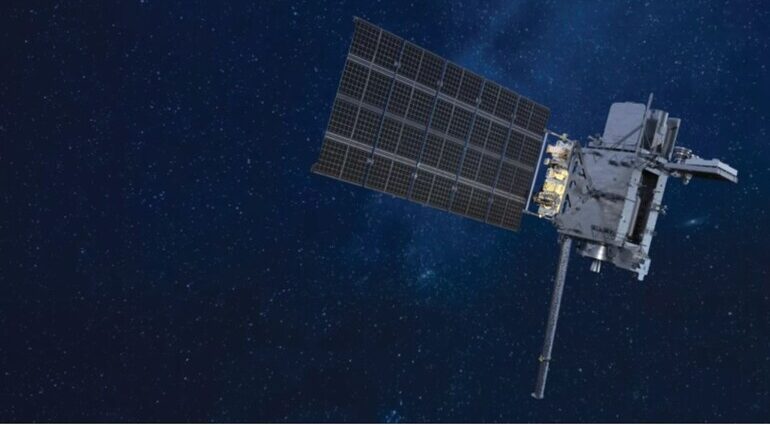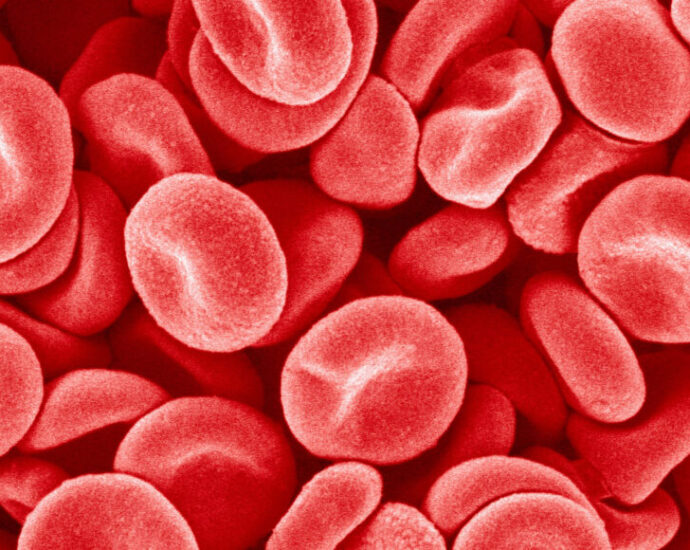GOES‑19 Goes Live: Tracking Hurricanes, Lightning, and Solar Storms in Stunning Detail
GOES-19 has taken over as NOAA’s primary geostationary eye in the Western Hemisphere, joining GOES‑18 to deliver unprecedented detail on global weather. It tracks hurricanes, atmospheric rivers, wildfires and more with high‑resolution imagery and lightning mapping. Its CCOR‑1 coronagraph keeps watch on the sun, offering forecasters up to three days’Continue Reading










